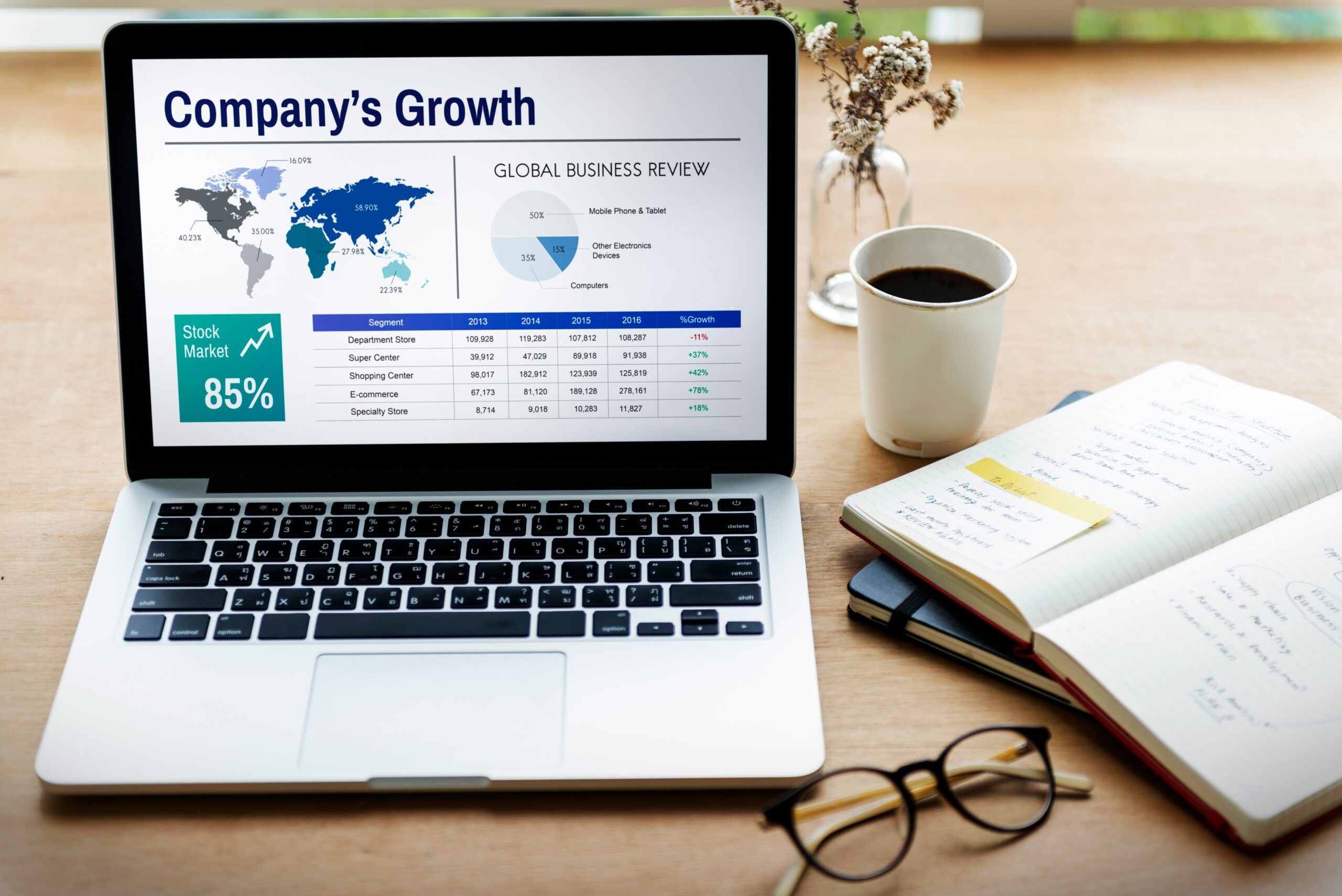
Developing a global business portfolio is essential for companies aiming to thrive in today’s interconnected world. This process involves strategically managing a collection of business units, products, or services across international markets to optimize growth and minimize risks. As businesses venture beyond domestic borders, understanding how to build and sustain a global portfolio becomes a key driver of long-term success.
Creating a global business portfolio requires a clear vision of international opportunities and challenges. It demands a balance between diversification and focus to ensure resources are allocated effectively across markets. Companies must navigate diverse regulatory environments, cultural differences, and competitive landscapes to build a resilient and profitable portfolio that can adapt to global shifts.
Understanding Market Diversification in Global Portfolios
Market diversification is a critical aspect of global portfolio development. Expanding into various regions enables companies to diversify their risk and tap into new customer bases. By entering different economies, businesses can reduce dependency on any single market, thereby cushioning themselves against localized downturns or geopolitical disruptions.
However, diversification must be strategic. It is essential to evaluate each potential market’s economic stability, growth prospects, and cultural alignment with the company’s offerings. A well-diversified portfolio can balance mature and emerging markets, blending steady revenue streams with higher-growth opportunities. This balance helps companies maintain stability while pursuing expansion.
Aligning Business Units with Global Strategy
Effective global portfolio development requires aligning individual business units or product lines with the overall international strategy. Each unit should contribute to the company’s broader goals while fitting the unique demands of its target market. This alignment ensures resources are concentrated on the most promising opportunities and prevents dilution of effort.
Leadership plays a vital role in this alignment process. Executives must continuously assess performance across units, reallocating investments where needed to maximize returns. Using data-driven insights helps identify strengths and weaknesses, allowing the company to pivot quickly in response to market changes. A cohesive strategy that integrates local market knowledge with global objectives drives portfolio success.
Leveraging Technology for Portfolio Management
Technology has transformed how companies develop and manage global business portfolios. Advanced analytics and digital tools provide real-time insights into market trends, customer behavior, and competitive dynamics. These tools enable businesses to make faster, more informed decisions regarding portfolio adjustments and resource allocation.
Moreover, technology facilitates collaboration across international teams, enhancing communication and coordination. Cloud platforms and project management software help synchronize efforts between headquarters and local offices, enabling seamless collaboration. By leveraging technology, companies can achieve agility and precision in managing complex global portfolios, leading to enhanced efficiency and profitability.
Navigating Regulatory and Cultural Challenges
Global portfolio development is not without obstacles. One major challenge is navigating the complex web of regulations across countries. Compliance with local laws, trade policies, and tax requirements demands careful planning and expertise. Failure to address these issues can result in costly penalties and operational disruptions.
Cultural differences also impact portfolio success. Consumer preferences, business practices, and communication styles vary widely across regions. Understanding these nuances is essential for tailoring products and marketing strategies to resonate with local audiences. Companies that invest in cultural intelligence are better positioned to build strong relationships and trust in new markets.
Building Resilience Through Risk Management
Risk management is a cornerstone of global business portfolio development. Companies face risks such as currency fluctuations, political instability, and supply chain disruptions when operating internationally. Building resilience involves identifying potential threats and implementing strategies to mitigate their impact.
A diversified portfolio itself is a risk management tool. By spreading investments across multiple regions and sectors, businesses can offset losses in one area with gains in another. Additionally, firms often employ hedging techniques and contingency planning to mitigate financial and operational risks. A proactive risk management approach strengthens the portfolio’s ability to withstand global uncertainties.
The Role of Strategic Partnerships and Alliances
Forming strategic partnerships and alliances is a powerful way to enhance global portfolio development. Collaborating with local firms provides access to market knowledge, distribution networks, and regulatory expertise, thereby strengthening the overall value of the partnership. These partnerships reduce entry barriers and accelerate growth in unfamiliar territories.
Alliances also foster innovation by combining complementary strengths. Joint ventures or co-development projects allow companies to share resources and risks while expanding their global footprint. Selecting the right partners based on shared goals and values is essential for establishing successful, long-term collaborations that enhance the overall portfolio.
Continuous Portfolio Review and Adaptation
A global business portfolio is not static; it requires ongoing review and adaptation. Market conditions, competitive pressures, and customer needs evolve rapidly. Companies must regularly assess their portfolio to ensure alignment with current realities and future opportunities.
This continuous process involves pruning underperforming units, investing in emerging segments, and exploring new markets. Agile portfolio management supports sustained growth by enabling companies to respond effectively to global trends and opportunities, thereby fostering continuous improvement. Staying vigilant and flexible ensures that the portfolio remains a valuable asset, driving competitive advantage worldwide.